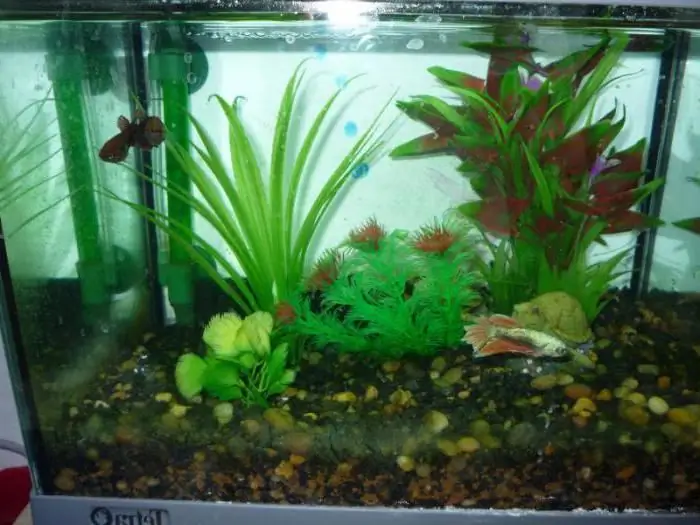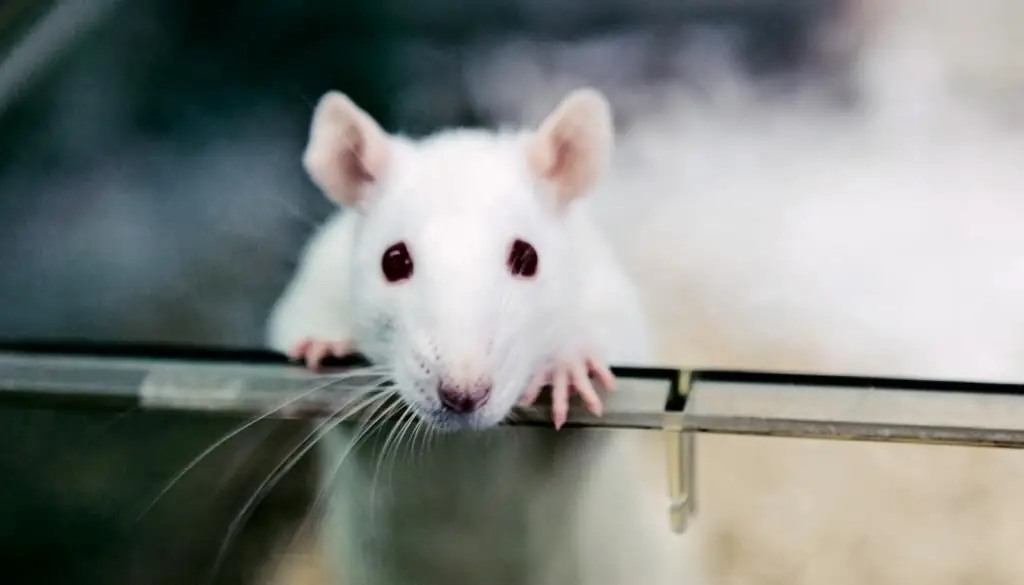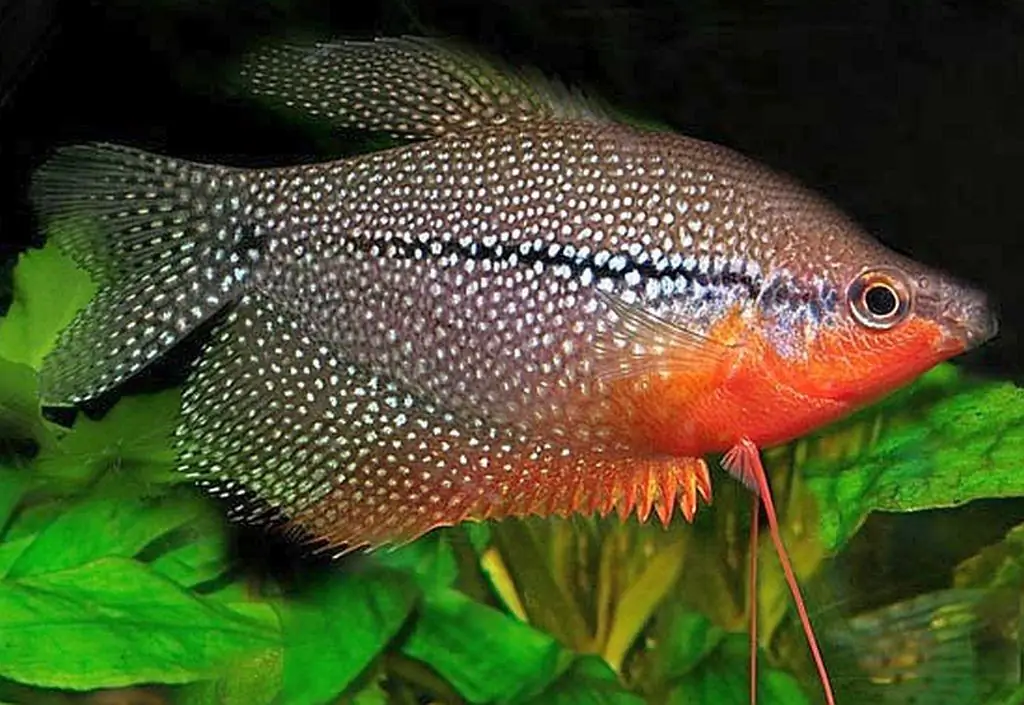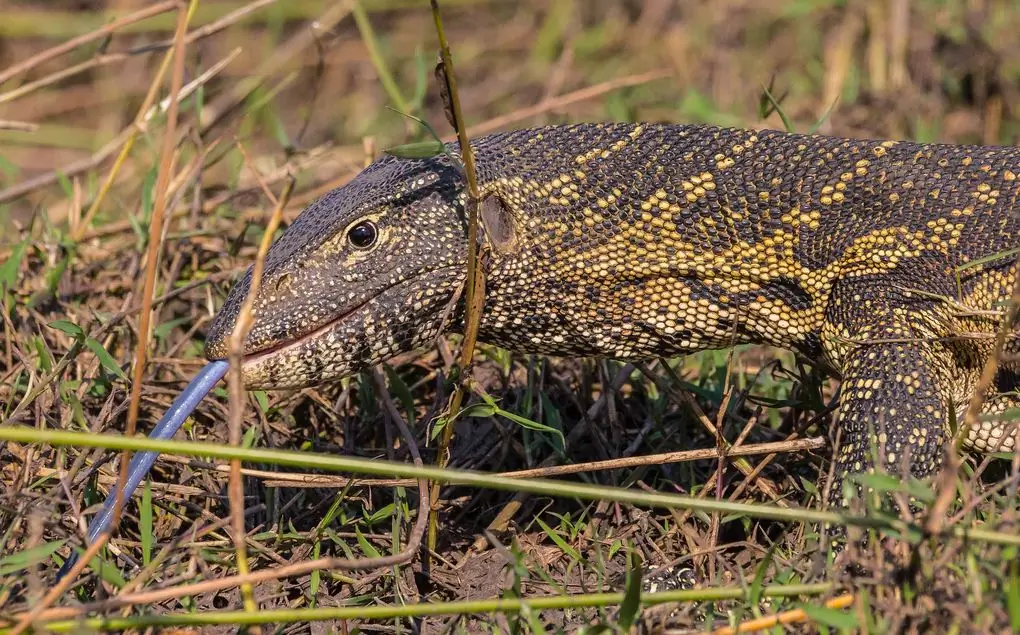2025 Author: Priscilla Miln | [email protected]. Last modified: 2025-01-22 17:55:26
Having a turtle as a pet is a great idea for people with little free time. However, keep in mind that the peculiarity of these animals is not that they do not need care, but that it takes a minimum amount of time. Indeed, you do not need to walk with turtles, they do not require complex hygiene procedures, but you will have to remember the basic rules of feeding and environmental requirements. It is advisable to choose the type of animal you are interested in in advance, but if the pet was presented to you, consult with a specialist to correctly determine the breed. Central Asian, swamp, red-eared and many others - all these are decorative turtles. Special care must be taken for each species.
Preparing the environment

All types of these animals can be divided into two large groups: water and land. For representatives of each of them, it is necessary to create special living conditions. It is necessary to start by debunking a common myth - even terrestrial ornamental turtles, the care of which is considered the mostsimple, should be kept in a special terrarium. The mistake of many novice amateurs is to release the turtle into the wild, that is, on the floor. This is unacceptable, since the animal will be injured in an ordinary apartment or house, do not forget about drafts and small debris that can be mistakenly eaten. Aquatic species require an aquarium in which most of the “lake” will take up, and the smaller one will be a dry area. Land tortoises require a terrarium with soil and shelter.
Temperatures and special conditions

In addition to the glass box, you will need special equipment for keeping turtles. Like all reptiles, these animals need air and water heating, and ultraviolet lamps (more powerful for land species) are also needed. The minimum volume of an aquarium for aquatic species is 100 liters. Keep in mind that even decorative little turtles require care in compliance with all the rules. And if the seller promises that the animals will not grow more than 5 cm in length - this is not true. The normal size for all "dwarf" turtles is up to and including 13 cm. Varieties that grow larger are considered larger and more difficult to manage.
Food types and feeding schedule
Turtles should not be fed with foods familiar to humans and food for other animals. Among those who have recently acquired an animal, the question of what ornamental turtles eat is popular. Caring for reptiles should include formulating a proper diet. Aquatic species are mostly predators, they should be fedseafood and lean fish, it is completely optional to remove the entrails and bones from it. It is necessary to introduce into the diet and plant foods, in a small percentage of the total volume. There are also special ready-made feeds, they are recommended to be given no more than once a week. Periodically, you can feed the animals with nutritional supplements. Land reptiles eat salads, various plants, vegetables and fruits. They must be fed with vitamins once a week. The terrarium does not need a drinker, only some tropical species of turtles drink water.
Decorative water turtles: care and special needs

For these animals, the landscape in the aquarium is important. From the water there should be a special ladder to a dry platform, along which the turtle can go down and up. Communication with the owners is important for these animals, devote at least 10-15 minutes to your pet a day. Keep these reptiles in pairs is not worth it. Almost all types of turtles react negatively to their own kind, they are only interested in the second individual during the breeding season. It will be difficult to avoid fights and injuries. Red-eared turtles require special care. They need to trim their nails, but the beak should be shortened only when absolutely necessary.
Features of keeping land turtles

Animals living outside the body of water are recommended to be let out for a walk. The warm floor of the apartment is suitable (the main thing is that there are no drafts) or the natural landscape. Please note that almost all species can burrow into the sand, so do not leave your pet unattended during walks. Viruses pose a great danger to animals. If your pets are decorative turtles, care should be standard - they also need trimming of claws and beak. If possible, the animal should be bathed, once a week is enough. Water should not get into the eyes and ears of the turtle. During the molting period, it is useful to lubricate the shell with a special cream. You need to protect the animal from excessive heat and direct sunlight, do not place the terrarium near heating appliances, while walking, let the turtle go in partial shade. A useful item for terrestrial species that are often taken for a walk is a special beacon that allows you to find a reptile that has disappeared from view.
Recommended:
Aquarium fish algae eater: description, content features, care and reviews

Not all novice aquarists know that in addition to fish, snails, natural or artificial greenery and decorative ornaments, an algae-eating fish should settle in every underwater kingdom. About why the presence of these inhabitants is so necessary, we will try to tell in this article
White rat with red eyes: description with photo, content features, behavior and care

Planning to get a rat? These are wonderful animals. Do you know how to properly maintain them, and what is needed for this? Do not rush to run to the pet store for a rodent or call the breeder. Read the article. It tells about rats with red eyes, their characteristics, maintenance and care. The last two words can be attributed to any rats
Gourami: spawning, reproduction, description with photo, life cycle, characteristic features and content features

Gourami are extremely popular and easy to keep freshwater fish. Their reproduction is easy to achieve in captivity. For spawning, gourami fish make small nests. Consider the most popular types of gourami, features of their content, natural range, reproduction
Food for turtles. Keeping turtles at home

When you own a turtle, the first thing you should do is find out what this reptile eats. Not every food will benefit the animal, and besides, you should not give the same product all the time. Ask which turtle food contains all the necessary vitamins and minerals
Nile monitor lizard: habitat, photo and description, content features, care and nutrition

The monitor lizard family has a lot of representatives. One of them is the Nile monitor, widespread on the African continent. The impressive size and formidable appearance of the animal do not prevent it from being a pet for those people who love the exotic. Keeping a lizard in the walls of the house requires compliance with special conditions. It is this unusual animal that will be discussed in the article

